George Balanchine was a Russian dancer and choreographer. He contributed much to the spread of ballet in the United States. Balanchine's dancing was abstract and stripped-down and always closely connected to music.
Georgi Melitonovich Balanchivadze was born in St. Petersburg on January 22, 1904. Son of a composer, he enrolled in the city’s Imperial Ballet School at nine and later studied music at the conservatory. He was only 16 when he choreographed a pas de deux called La Nuit. In 1921, after graduating, he joined the dance company of the famous Mariinsky Theater.
During a tour in Western Europe, impresario Sergei Diaghilev spotted Balanchine. Diaghilev hired him as a dancer and lead choreographer for his company, the Ballets Russes.
Balanchine’s first choreography for the Ballets Russes was L’enfant et les Sortilèges. He did nine more, including Apollon Musagète, a ballet set to music by Igor Stravinsky. The choreography here was linear, like the music. In its final version, the ballet was performed on an almost bare stage. Dancers wore leotards that highlighted the formal purity of their moves. Balanchine’s style went beyond the expressive vocabulary of classic ballet, defined by critics as neoclassical.
The success of Apollon Musagète would be the first of many collaborative efforts between Stravinsky and Balanchine. Between 1929 and 1933, Balanchine created shows for London-based Cochran Revues and worked with leading European dance companies. In London the choreographer made his breakthrough. Balanchine met American philanthropist Lincoln Kirstein, who wanted to set up a ballet company in the United States. Balanchine followed him to New York.
Balanchine wanted to found a dance academy before opening a company. With Kirstein’s help, founded The School of American Ballet, which was followed the next year by a company, that performed at the Metropolitan Opera House. At the Met, Balanchine debuted two new works and choreographed two dance-oriented works, Orfeo ed Eurydice, and a program featuring music by Igor Stravinsky. Together Balanchine and Kirstein founded the New York City Ballet. Balanchine choreographed most of their successes, including his well-known version of The Nutcracker, still staged at Christmas.
George Balanchine died in New York on April 30, 1983. He was 79. Universally acknowledged as one of the great masters of dance, he choreographed over 400 productions, including ballets, circus performances, musicals, movies and television.
Georgi Melitonovich Balanchivadze was born in St. Petersburg on January 22, 1904. Son of a composer, he enrolled in the city’s Imperial Ballet School at nine and later studied music at the conservatory. He was only 16 when he choreographed a pas de deux called La Nuit. In 1921, after graduating, he joined the dance company of the famous Mariinsky Theater.
During a tour in Western Europe, impresario Sergei Diaghilev spotted Balanchine. Diaghilev hired him as a dancer and lead choreographer for his company, the Ballets Russes.
Balanchine’s first choreography for the Ballets Russes was L’enfant et les Sortilèges. He did nine more, including Apollon Musagète, a ballet set to music by Igor Stravinsky. The choreography here was linear, like the music. In its final version, the ballet was performed on an almost bare stage. Dancers wore leotards that highlighted the formal purity of their moves. Balanchine’s style went beyond the expressive vocabulary of classic ballet, defined by critics as neoclassical.
The success of Apollon Musagète would be the first of many collaborative efforts between Stravinsky and Balanchine. Between 1929 and 1933, Balanchine created shows for London-based Cochran Revues and worked with leading European dance companies. In London the choreographer made his breakthrough. Balanchine met American philanthropist Lincoln Kirstein, who wanted to set up a ballet company in the United States. Balanchine followed him to New York.
Balanchine wanted to found a dance academy before opening a company. With Kirstein’s help, founded The School of American Ballet, which was followed the next year by a company, that performed at the Metropolitan Opera House. At the Met, Balanchine debuted two new works and choreographed two dance-oriented works, Orfeo ed Eurydice, and a program featuring music by Igor Stravinsky. Together Balanchine and Kirstein founded the New York City Ballet. Balanchine choreographed most of their successes, including his well-known version of The Nutcracker, still staged at Christmas.
George Balanchine died in New York on April 30, 1983. He was 79. Universally acknowledged as one of the great masters of dance, he choreographed over 400 productions, including ballets, circus performances, musicals, movies and television.
RELATED


PAUL CÉZANNE


AKIRA KUROSAWA


JACK KEROUAC
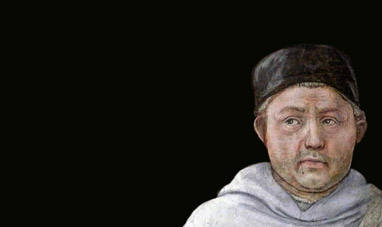

FILIPPO LIPPI


PHARRELL WILLIAMS


DANIEL LIBESKIND


RITA HAYWORTH


STEVEN SPIELBERG
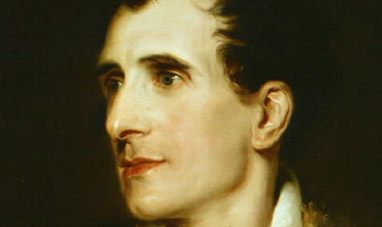

ANTONIO CANOVA


RUDOLF NUREYEV
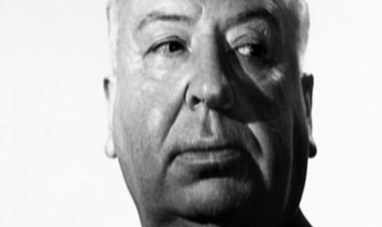

ALFRED HITCHCOCK
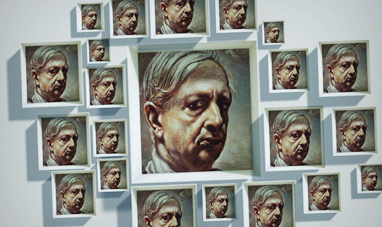

GIORGIO DE CHIRICO


RAPHAEL
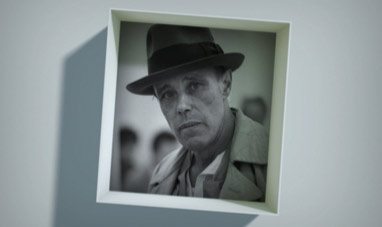

JOSEPH BEUYS


FRANCIS SCOTT FITZGERALD
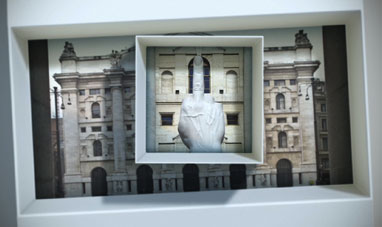

MAURIZIO CATTELAN
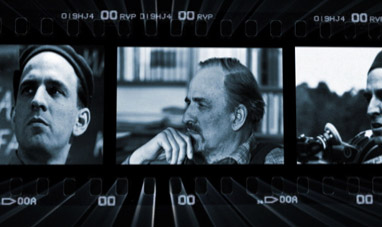

INGMAR BERGMAN
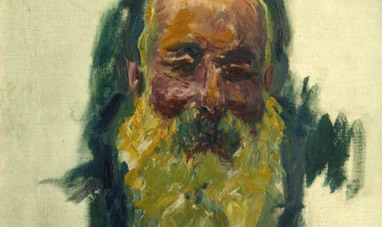

CLAUDE MONET


BRUCE CHATWIN
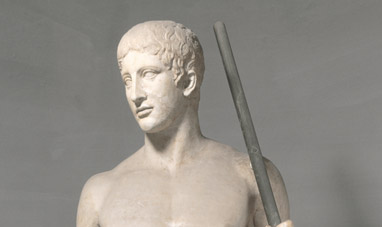

POLYCLEITUS
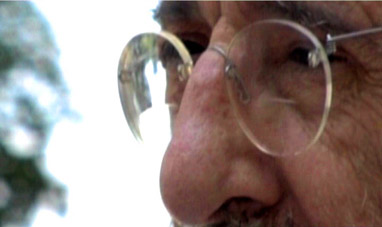

ÁLVARO SIZA VIEIRA
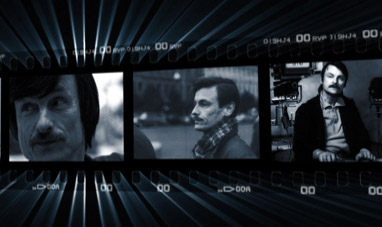

ANDREI TARKOVSKY
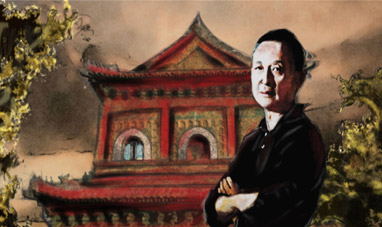

GAO XINGJIAN


JOHN CONSTABLE
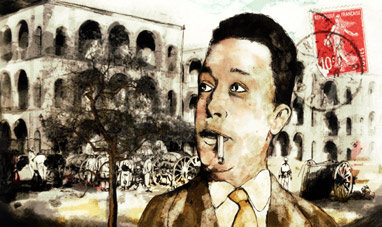

ALBERT CAMUS
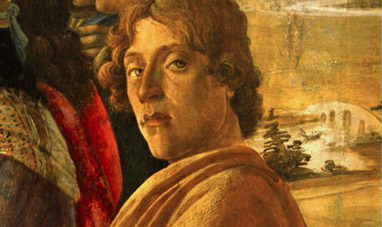

SANDRO BOTTICELLI
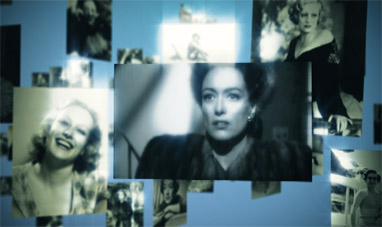

JOAN CRAWFORD


FRANCIS BACON


SERGIO LEONE


STANLEY KUBRICK
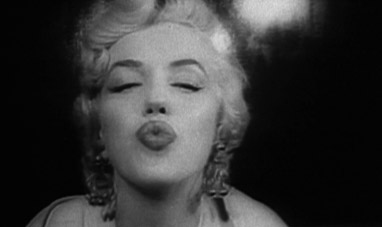

MARILYN MONROE
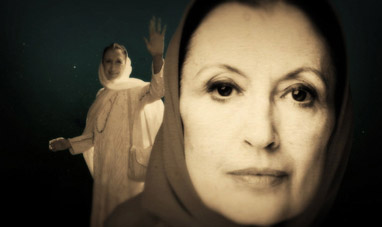

CARLA FRACCI
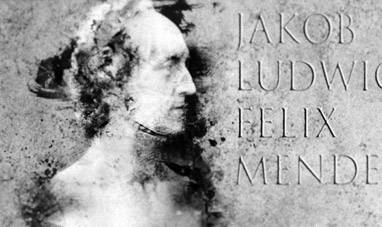

FELIX MENDELSSOHN
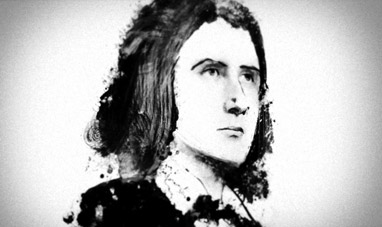

FRANZ LISZT
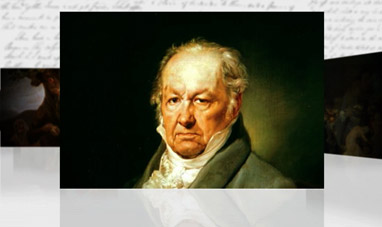

FRANCISCO GOYA
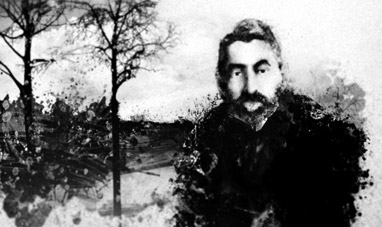

CLAUDE DEBUSSY
